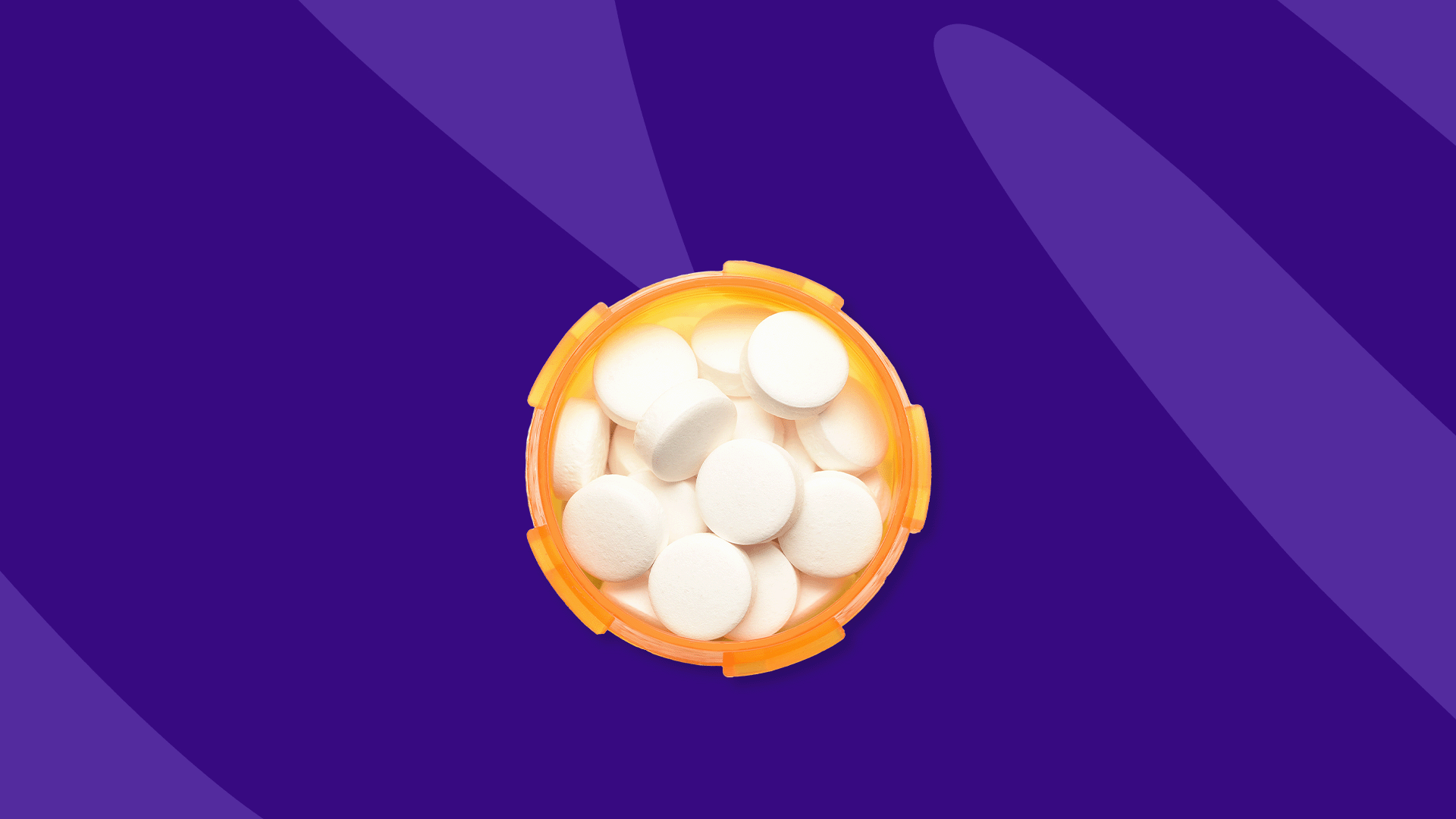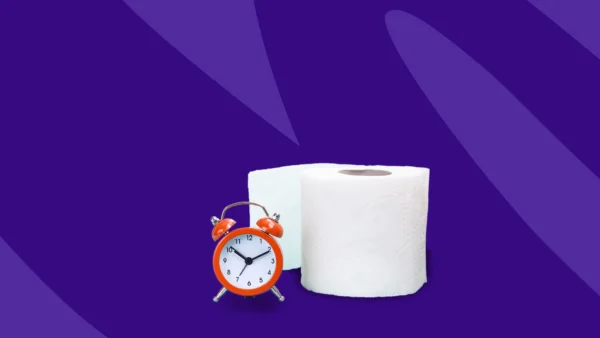Is lisinopril covered by insurance? | How much does lisinopril cost without insurance? | How to get lisinopril without insurance
Lisinopril is a generic prescription drug that lowers blood pressure in adults and children with high blood pressure, also known as hypertension. Lisinopril is also prescribed to treat adults with heart failure and to improve the chances of survival after a heart attack. For all medical conditions, lisinopril is taken as a tablet once per day. Doses will vary, but most people will take between 10 and 40 mg daily.
Lisinopril, along with its brand-name version, Zestril, belongs to a family of medications called angiotensin-converting enzyme inhibitors (ACE inhibitors), drugs that lower blood pressure by relaxing blood vessels. Lisinopril is a low-priced prescription medication, but it is taken over the long term and is often combined with other prescription blood pressure medications, such as hydrochlorothiazide or amlodipine. Therefore the total cost over time may be difficult to manage without insurance.
RELATED: Lisinopril side effects | Lisinopril coupon
Is lisinopril covered by insurance?
Most commercial health insurance plans, Medicare Part D, Medicare Advantage, and Medicaid will cover lisinopril if prescribed for qualifying medical conditions.
How much does lisinopril cost without insurance?
Without insurance coverage, a one-month supply of 30, 10 mg lisinopril tablets will have an average cash price of $30, while higher doses will cost more. As a long-term treatment, that will add up to over $360 or more per year. Insurance can help reduce that cost. As a low-priced and commonly prescribed generic drug, many insured patients will find lisinopril covered as a Tier 1 drug with the lowest copay. The actual out-of-pocket cost can vary depending on the plan’s formulary, copay cost, and whether the plan’s deductible has been met.
If lisinopril’s monthly cost is too high, a healthcare professional may be able to replace it with a less expensive ACE inhibitor, such as Lotensin (benazepril), currently the lowest-priced ACE inhibitor. Alternative types of blood pressure drugs can be considered, including angiotensin II receptor blockers (ARBs), beta blockers, calcium channel blockers, alpha blockers, and others. However, one type of antihypertensive cannot be easily substituted for another, so ask the prescribing healthcare provider for medical advice about the most suitable and effective blood pressure medication.
Over-the-counter drugs, dietary supplements, and natural remedies are not effective substitutes for FDA-approved prescription blood pressure medications for treating hypertension and heart failure.
Compare lisinopril prices to related drugs |
|||
|---|---|---|---|
| Drug name | Price without insurance of brand-name drug | SingleCare price | Savings options |
| Zestril | $115 per 7, 30 mg tablets | $1 per 30, 10 mg tablets of generic Zestril | See updated prices |
| Lotensin | $79 per 30, 20 mg tablets | $2 per 30, 10 mg tablets of generic Lotensin | See updated prices |
| Accupril
|
$206 per 30, 40 mg tablets | $4 per 30, 40 mg tablets of generic Accupril | See updated prices |
| Vasotec | $965 per 30, 20 mg tablets | $2 per 30, 10 mg tablets of generic Vasotec | See updated prices |
| Monopril | $36 per 30, 20 mg tablets of generic Monopril | $5 per 30, 20 mg tablets of generic Monopril | See updated prices |
| Mavik | $44 per 30, 4 mg tablets of generic Mavik | $9 per 30, 4 mg tablets of generic Mavik | See updated prices |
Prescription drug prices often change. These are the most accurate medication prices at the time of publishing. The listed price without insurance references the price of brand-name drugs. The listed SingleCare price references the price of generic drugs if available. Click the link under “Savings options” to see updated drug prices.
RELATED: Lisinopril alternatives: What can I take instead of lisinopril?
How to get lisinopril without insurance
Although lisinopril is a relatively inexpensive medication, for some, it may be hard to afford month after month. Generic medications like lisinopril don’t often have manufacturer patient assistance programs, coupons, or rebates, but even if they do, these are uncommon and their qualifications may be hard to meet. Filling a 90-day prescription instead of three 30-day prescriptions does not reduce the price much either. The good news is that it’s not hard to get a month’s worth of lisinopril for only a few dollars per month.
1. Take advantage of a SingleCare savings card
A SingleCare discount card can be used to get a 30-day supply of lisinopril for $4. This adds up to $48 for a year of lisinopril therapy. SingleCare’s lisinopril free coupon page allows you to choose by discount price or local pharmacy, whichever is more convenient.
2. Shop for the lowest price
One of the best ways to save on anything—including prescription medications—is to find the lowest price. Retail prices for a lisinopril prescription at local pharmacies can vary by as much as 80%. Search for your prescription on SingleCare and enter your zip code to find the pharmacy with the lowest price near you.
3. Shop at pharmacies with special cheap generics programs
Speaking of price shopping, some chain pharmacies have special programs that sell commonly prescribed and essential generic drugs for a fixed low price. Some may require enrollment, but many are open to anyone who walks in the door. Generic lisinopril is usually on the list. Search for these programs on the Internet, download their list of included drugs, and search for lisinopril or other needed prescriptions.
4. Find a 340B provider
Uninsured people with qualifying incomes can get low-cost medical care and prescription medications at a very low cost or for free at 340B providers. These are hospitals and clinics that have been approved by the federal government to buy supplies and drugs at a steep discount and pass the savings on to patients. Ask the prescribing healthcare provider or contact a local health department.
5. Consider health insurance
Treating hypertension or heart failure requires long-term or even lifetime medical treatment. When all the costs are added, it may be cheaper to pay for a health insurance plan. The options can be explored on your state’s online health insurance marketplace. However, make sure you consult with an agent to help determine if the plan’s price, deductible, coinsurance, and formulary meet your long-term needs.
6. Get help from Medicaid
If your income qualifies, Medicaid is the lowest-priced option for getting treatment and all the prescription drugs that may be required for hypertension, heart failure, or heart attack treatment. Essential generic drugs like lisinopril are often free for Medicaid recipients. Your state’s Medicaid website can provide eligibility requirements, enrollment forms, and additional information.











